The trip computer is saying 60.4mpg and I’m astonished. “That’s not an unusual improvement,” says Evan Morris, from Red Driver Training, adding: “typically we see savings of around 11% or so but I’ve seen as much as 50%.”
That’s a full 10mpg more than the 50.4mpg official WLTP figure for the Dacia Sandero Stepway, a car which I’m driving currently because it fits in nicely with the cost-of-living crisis zeitgeist.
Morris has just schooled me using Red's Fuelsave techniques, which are all about squeezing as much potential out of every precious drop of the ever more expensive fuel that we’re all painfully filling our tanks with.
Over the previous weeks, the Sandero’s average consumption has been around 42mpg, with longer runs pushing that up slightly. Morris is convinced that it can do better. Significantly better.
Before we set off, we have a quick look around the car, checking tyre pressures – every fifth tank of fuel used is entirely down to tyre rolling resistance, so every PSI counts – and having a peek at the dipstick.
We also chucked out unnecessary weight that has been forgotten and left in the boot, weight again being detrimental to economy.
If I had a bike carrier or cargo box on the Stepway’s roof rails, I would be removing them, too, because they’re perfectly placed to create drag. Laziness here costs you handsomely come filling time.
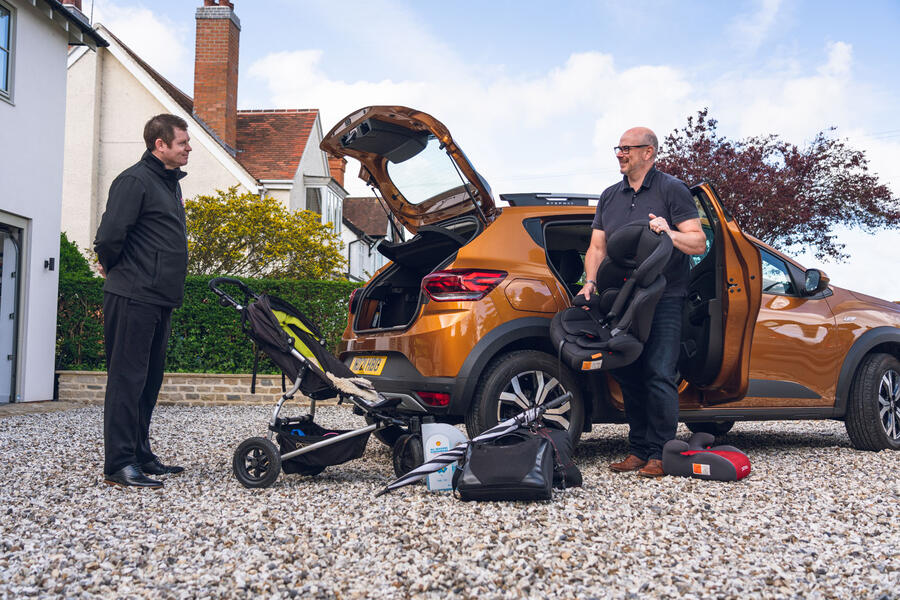
Morris is quick to note the small details when we get in – things like starting the engine before putting on seatbelts, every second the engine’s running equating to fuel used. Put your seatbelts on before you’ve started it, then, likewise putting a destination into the sat-nav, changing the radio station or picking a favourite podcast. Small changes in habit help improve your MPG.
To see just how much I can save using Fuelsave driving techniques, we will be doing two identical laps on my local roads. The first circuit will be without Morris’s input to set a marker, without guidance, but he’s sitting alongside to view the trip and assess what I’m doing.
Picked by me, the route is that I take when dropping the kids off at school and represents my typical daily driving, on a mix of urban stop-start traffic and faster-flowing country roads. It's a 17.1-mile round trip that starts and culminates back at my front door.

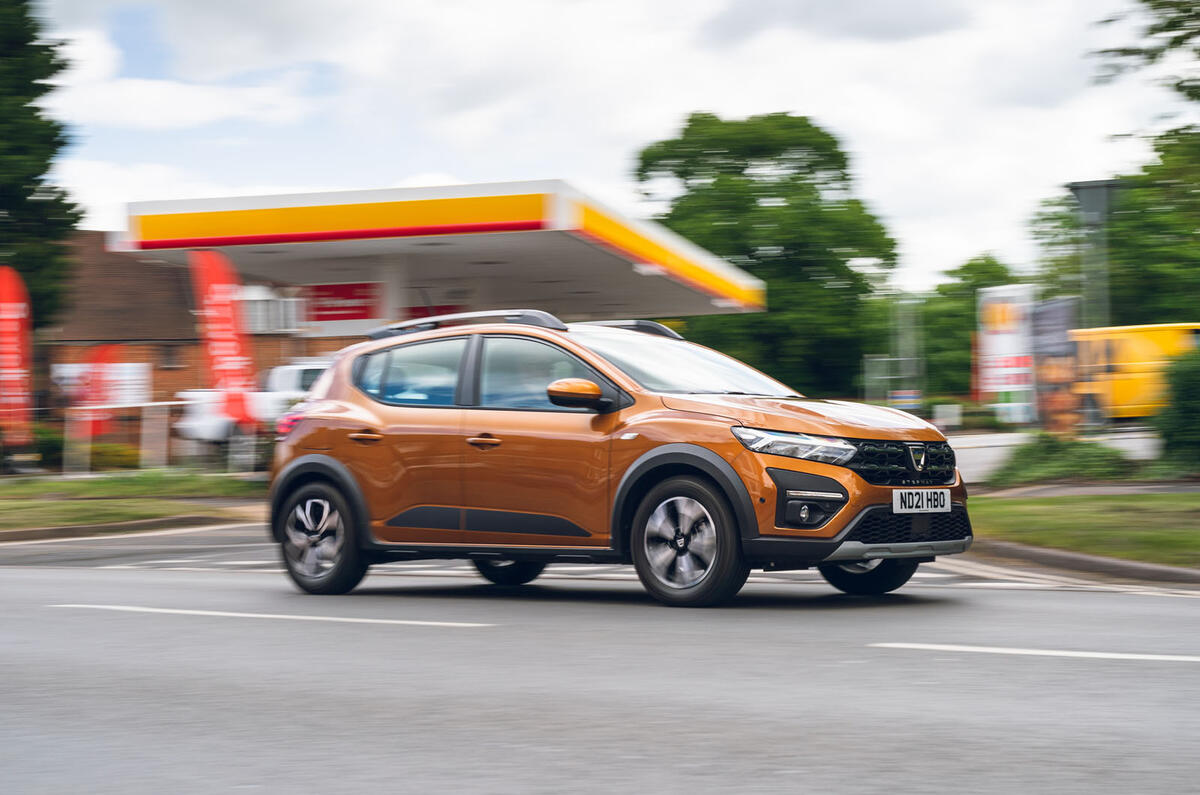
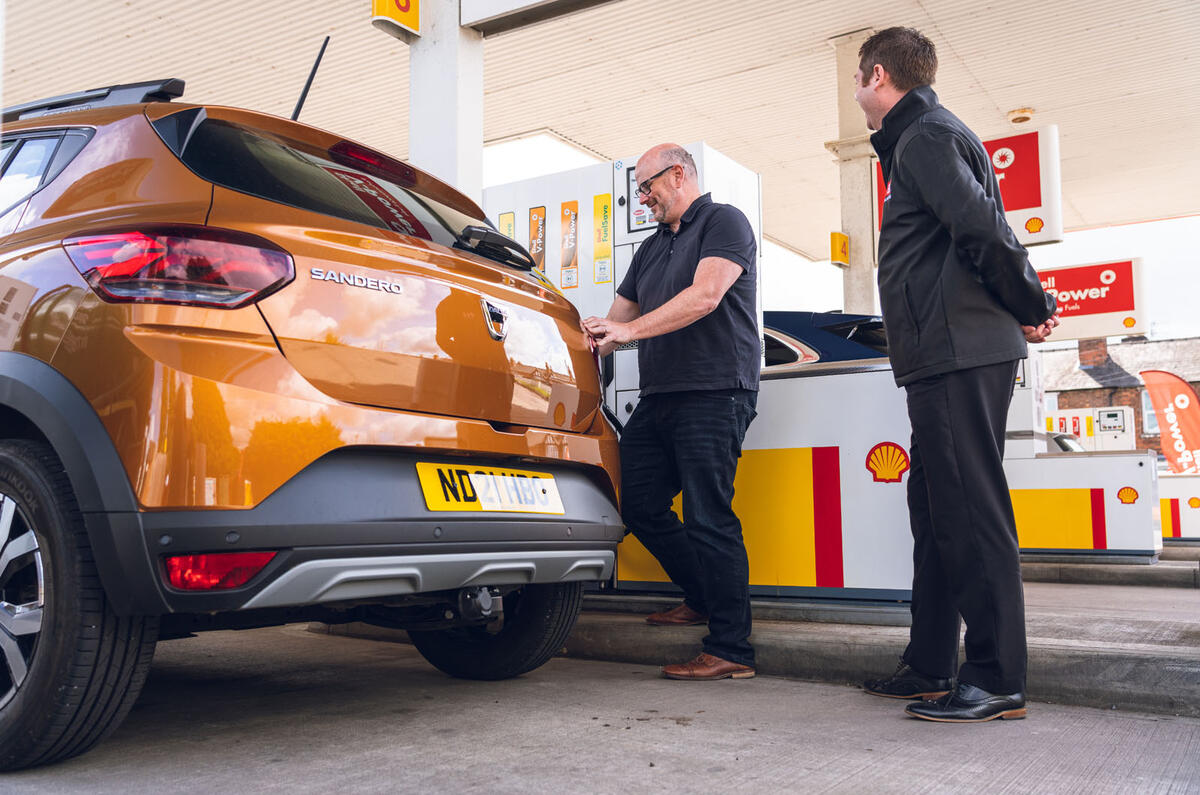
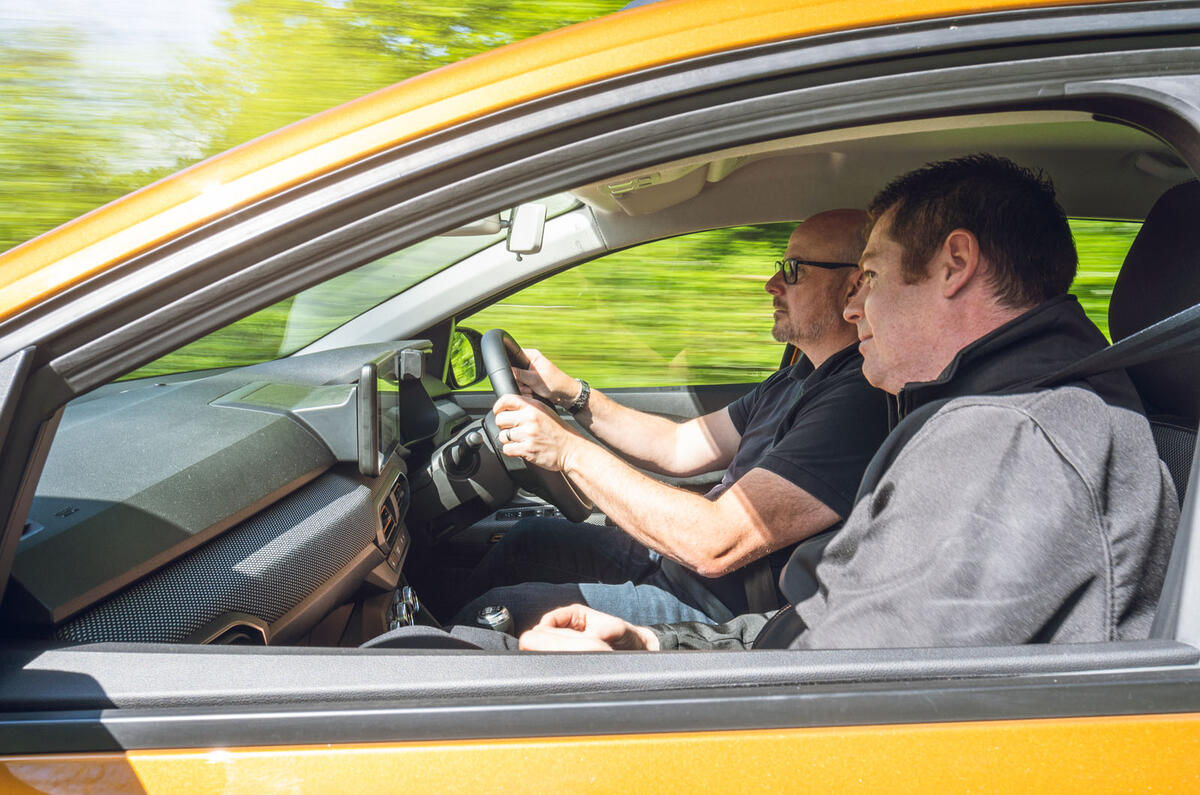
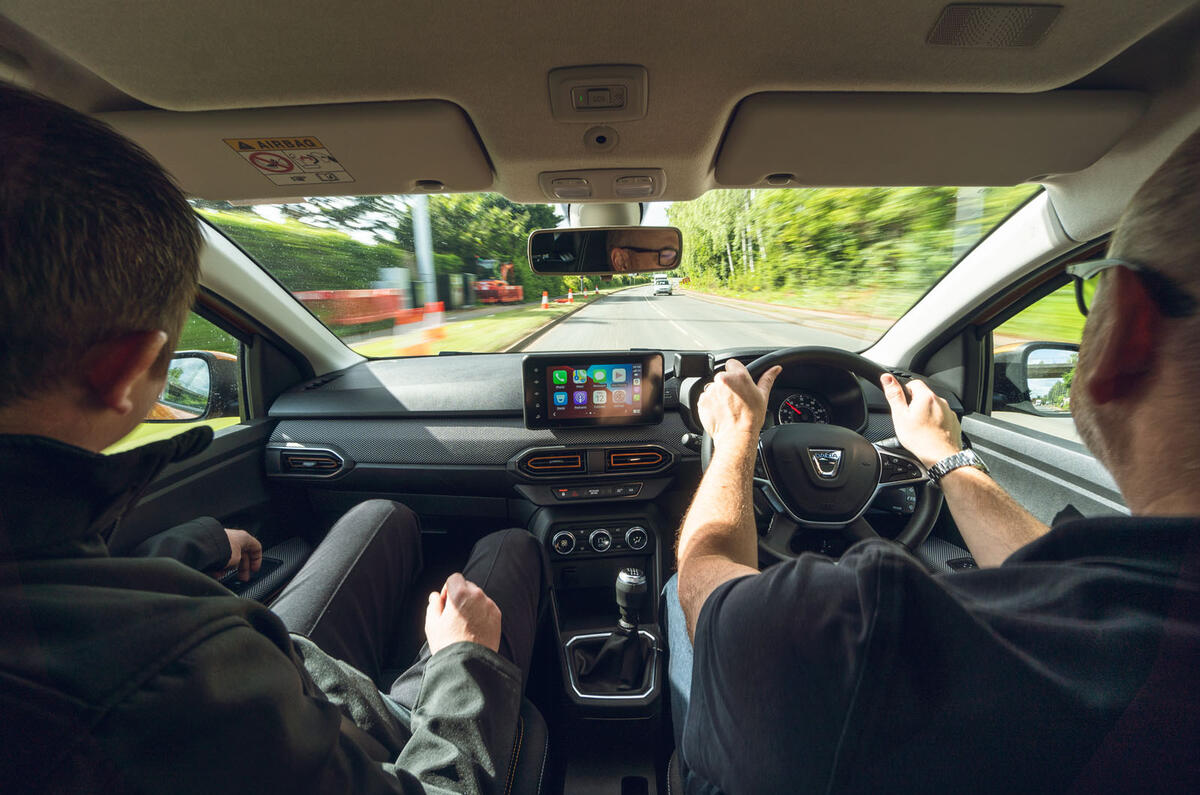
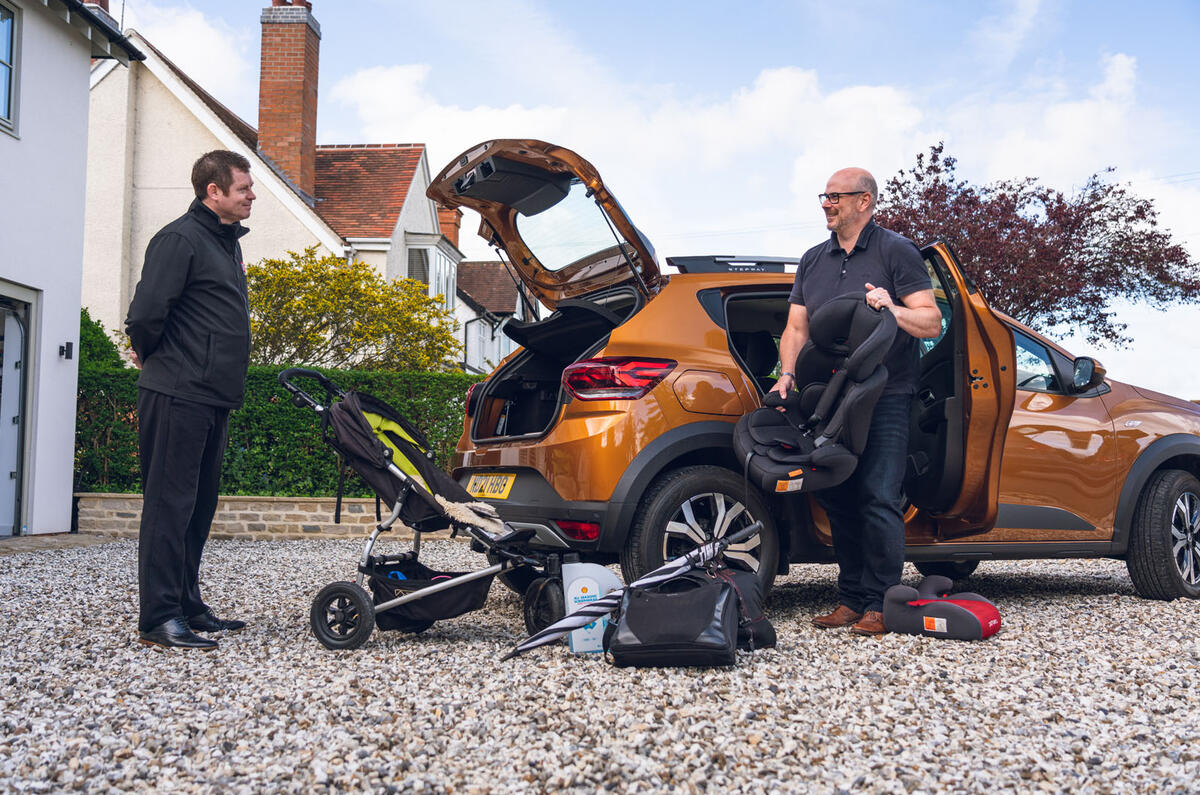

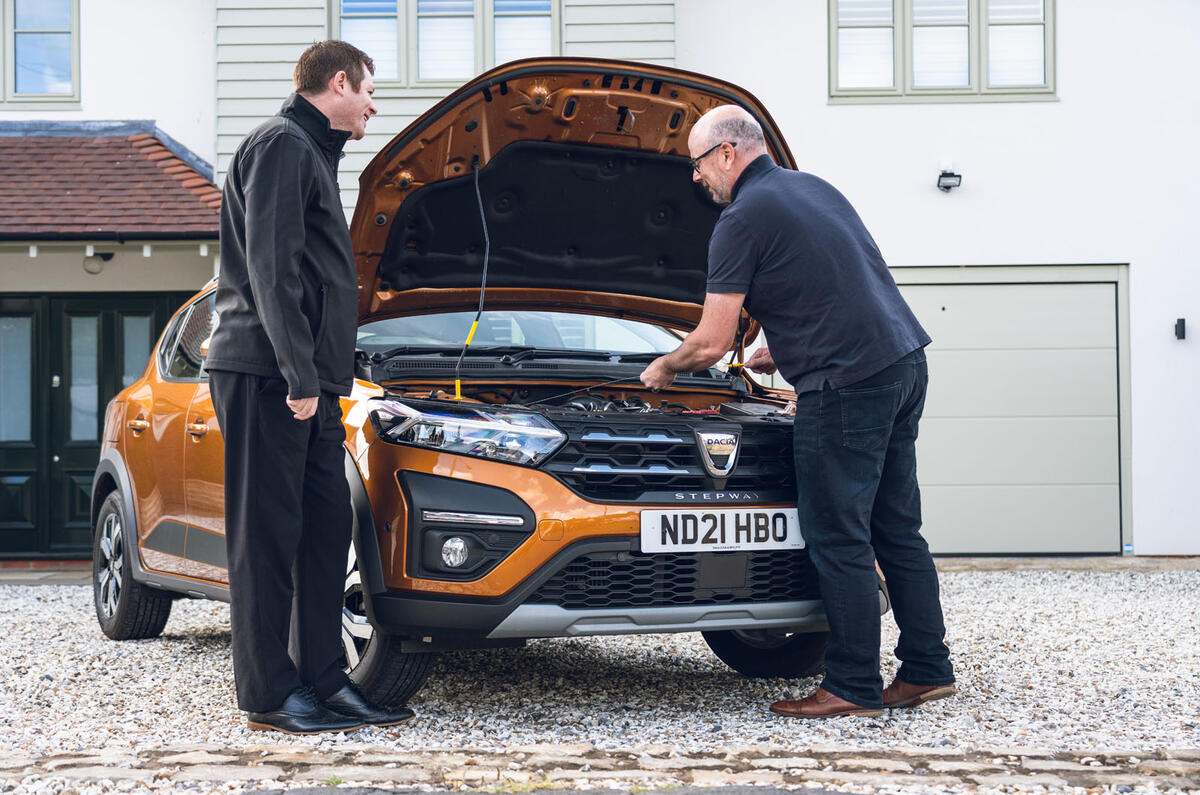
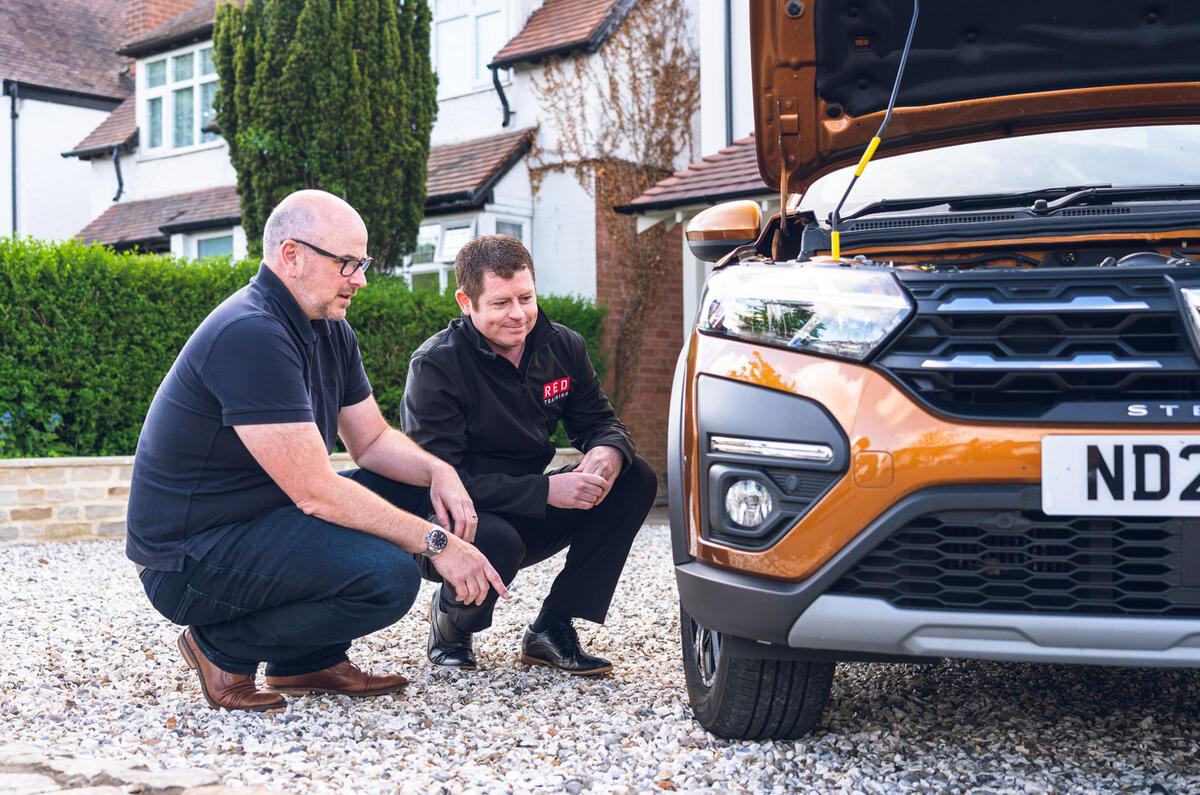
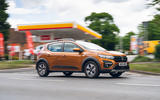
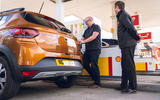

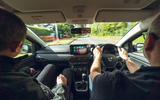
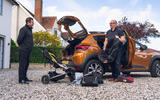
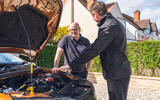
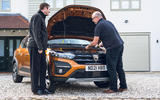


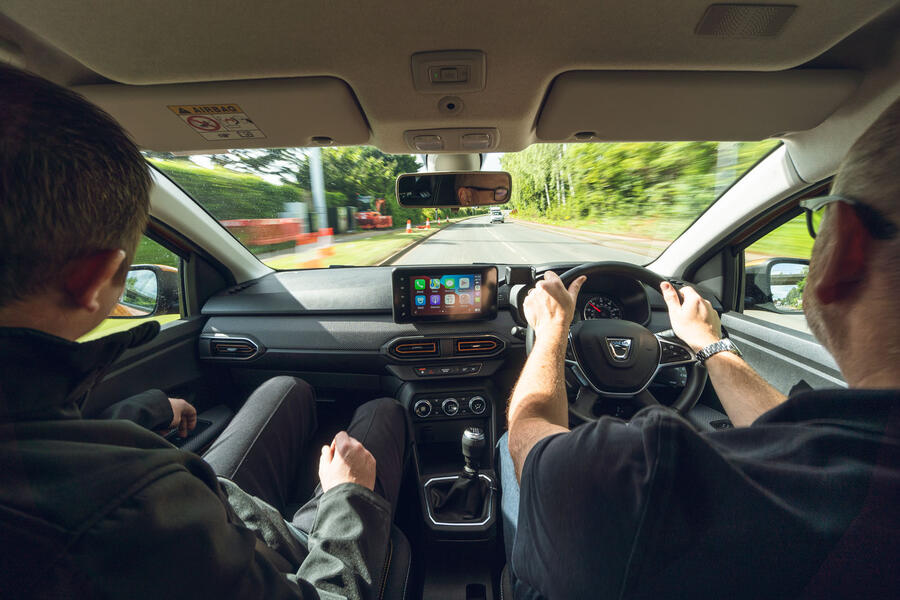

Join the debate
Add your comment
Talk about opportunisic reporting. Skills? Honestly, i's not the word I'd use.
There is no way you can judge mpg over such a short distance. Run that route three times without altering anything and you'll see three different mpg figures on the trip computer. Take excess weight out the car? In the above pic a pram has been removed. How much fuel did that save? It beggers belief anyone can be fooled by this. On the otherhand take off a roof rack or cycle carrier that affects the car's aerodynamics? No kidding sherlock. It costs a couple of tankfuls ( £200 ) for someone to tell you that?
But best of all is this idea that you simply turn on the engine and drive away. If you're driving to the end of the street it may make a difference in economy, but if about to drive for half an hour then the difference is incalculable. Moreover, if you fire up the engine and just drive away doesn't that cause excess wear and tear on the engine?. What ever happened to the advice in a previous report that you should let the oil fully circulate throughout a cold engine before driving off?
I've been managing to eke out 5.4 m/kWh on a works Zoe.
My biggest problem though is that I'm a shift worker, and all these practices only work for certain shifts, others I'm in stop start traffic queues for longer and as such there isn't a great deal I can do.
I admire the sentiment, but have you done the arithmetic?
If you brim the average car and drive until empty, you are carrying around an average of 5 gallons of fuel which weighs 15kg - or about 1.5% of the weight of a small car. At town speeds there should be a1:1 correlation between fuel consumption and weight, so a saving of around 1.5% (at high speed the saving will be negligible because most of the energy is used overcoming wind resistance).
I'm sure that a much bigger saving on shorter journeys by pre-heating the engine as they do in cold climates (and as some EVs do with battery heating). Perhaps it's time for engine pre-heaters to make a revival?
Preheat, probably a good idea that.
the fuelling habits of your ICE vehicle are already those of an EV owner - might as well get one :-)